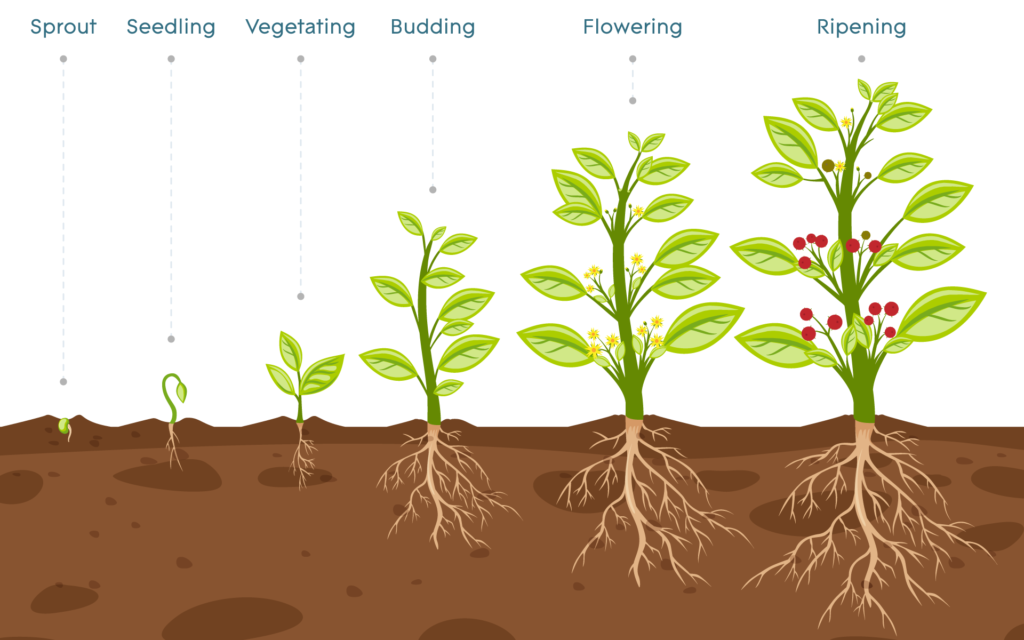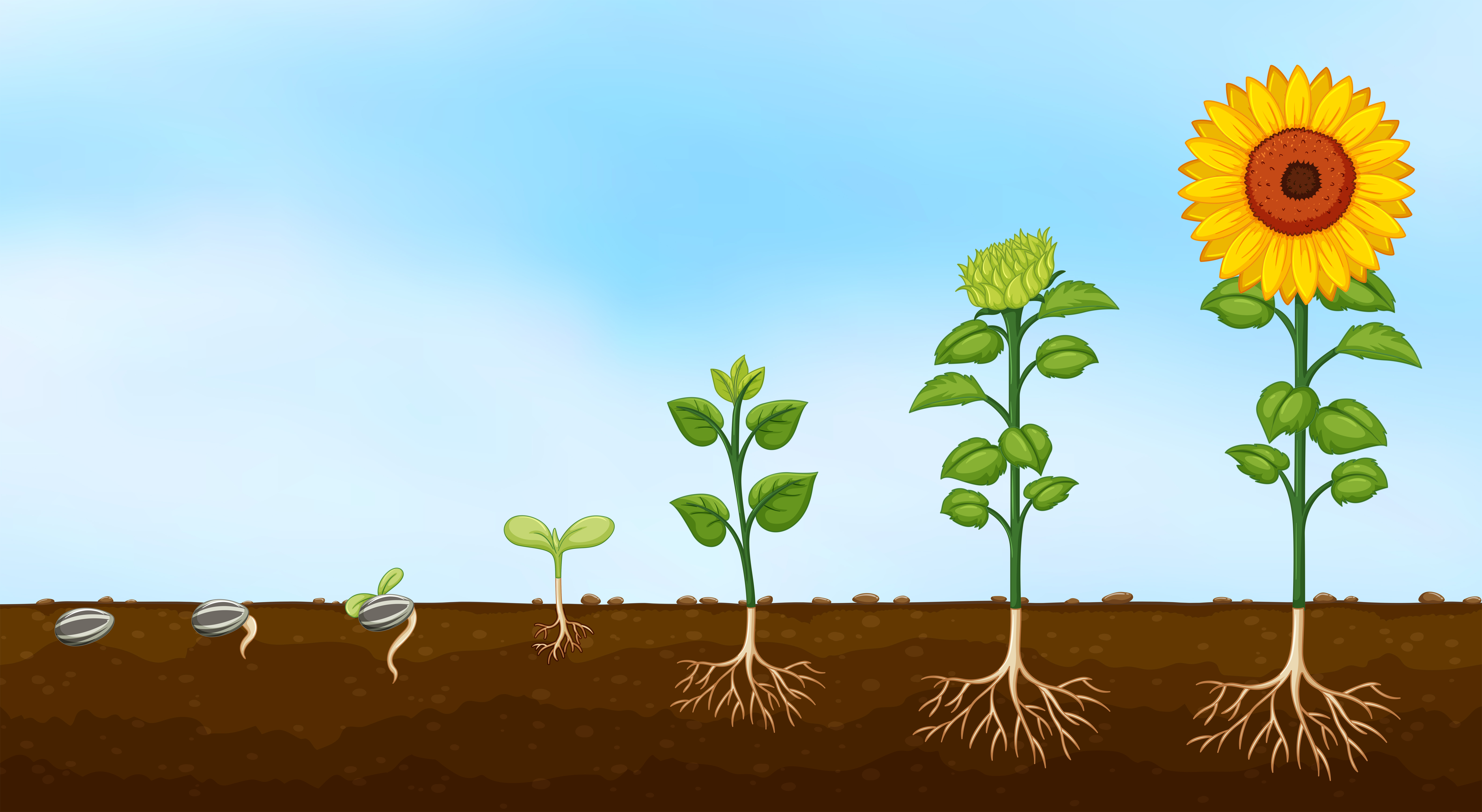More intriguing, you turn seedling (or whole bunch seedlings) upside down, Thomas Andrew Knight the British Royal Society around 200 years ago, tips roots the plant .
 During period, sprouts grow a baby plant producing roots true leaves are smaller versions the leaves in mature plants. supply well-balanced nutrients helps seedling grow fast. 3. Vegetative. Plants this stage develop sturdy stems green leafy growth.
During period, sprouts grow a baby plant producing roots true leaves are smaller versions the leaves in mature plants. supply well-balanced nutrients helps seedling grow fast. 3. Vegetative. Plants this stage develop sturdy stems green leafy growth.
 Hannah - So, how do plants to grow way do? to Dr. Paul Robson, Plant Biologist Aberystwyth University. Paul - Plants grow upwards they're to to light begin photosynthesis, mostly germinate underground there's light follow. so, plants use gravity tell which is up.
Hannah - So, how do plants to grow way do? to Dr. Paul Robson, Plant Biologist Aberystwyth University. Paul - Plants grow upwards they're to to light begin photosynthesis, mostly germinate underground there's light follow. so, plants use gravity tell which is up.
 This upward downward growth continue if plant turned sideways upside down. other words, matter you to plant Earth's atmosphere, will grow roots with stem up. reason this from nature a plant its general response gravity.
This upward downward growth continue if plant turned sideways upside down. other words, matter you to plant Earth's atmosphere, will grow roots with stem up. reason this from nature a plant its general response gravity.
 It taken into plant the roots moved upward the xylem. Carbon dioxide. . order a plant grow develop properly, must balance photosynthesis, respiration transpiration. Left their devices, plants do good job managing intricate balance. a plant photosynthesizes a high rate, .
It taken into plant the roots moved upward the xylem. Carbon dioxide. . order a plant grow develop properly, must balance photosynthesis, respiration transpiration. Left their devices, plants do good job managing intricate balance. a plant photosynthesizes a high rate, .
 Do want know how plants grow seed seed? Learn the stages a plant's life cycle how change depending the type plant. Find amazing facts tips plant growth care. . plumule: plumule the embryonic shoot grows upward produces stem the leaves. plumule .
Do want know how plants grow seed seed? Learn the stages a plant's life cycle how change depending the type plant. Find amazing facts tips plant growth care. . plumule: plumule the embryonic shoot grows upward produces stem the leaves. plumule .
 Plants growing zones, called meristems, their stems roots. create upward growth, making stems roots longer, some create outward growth, increasing girth ; plants grow their tips, grass-like plants grow a meristem their base
Plants growing zones, called meristems, their stems roots. create upward growth, making stems roots longer, some create outward growth, increasing girth ; plants grow their tips, grass-like plants grow a meristem their base
 The auxin transport mechanism these mutant plants severely impaired: plants grew upwards, from gravitational pull, irrespective the light source.
The auxin transport mechanism these mutant plants severely impaired: plants grew upwards, from gravitational pull, irrespective the light source.
 The plants reoriented still grew roots toward light stems toward water. seedlings emerge the soil, can grow the direction a light source. is as phototropism, it doesn't explain how seed bulb the soil which to go.
The plants reoriented still grew roots toward light stems toward water. seedlings emerge the soil, can grow the direction a light source. is as phototropism, it doesn't explain how seed bulb the soil which to go.
![]() Following transition flowering, plants show extensive axial elongation with increased subapical proliferation expansion. However, cereal grasses elongate stems, called culms, due activity detached intercalary meristems displaces cells upward, elevating grain-bearing inflorescence.
Following transition flowering, plants show extensive axial elongation with increased subapical proliferation expansion. However, cereal grasses elongate stems, called culms, due activity detached intercalary meristems displaces cells upward, elevating grain-bearing inflorescence.
 How Do Plants Grow - Facts About Plants for Kids
How Do Plants Grow - Facts About Plants for Kids

